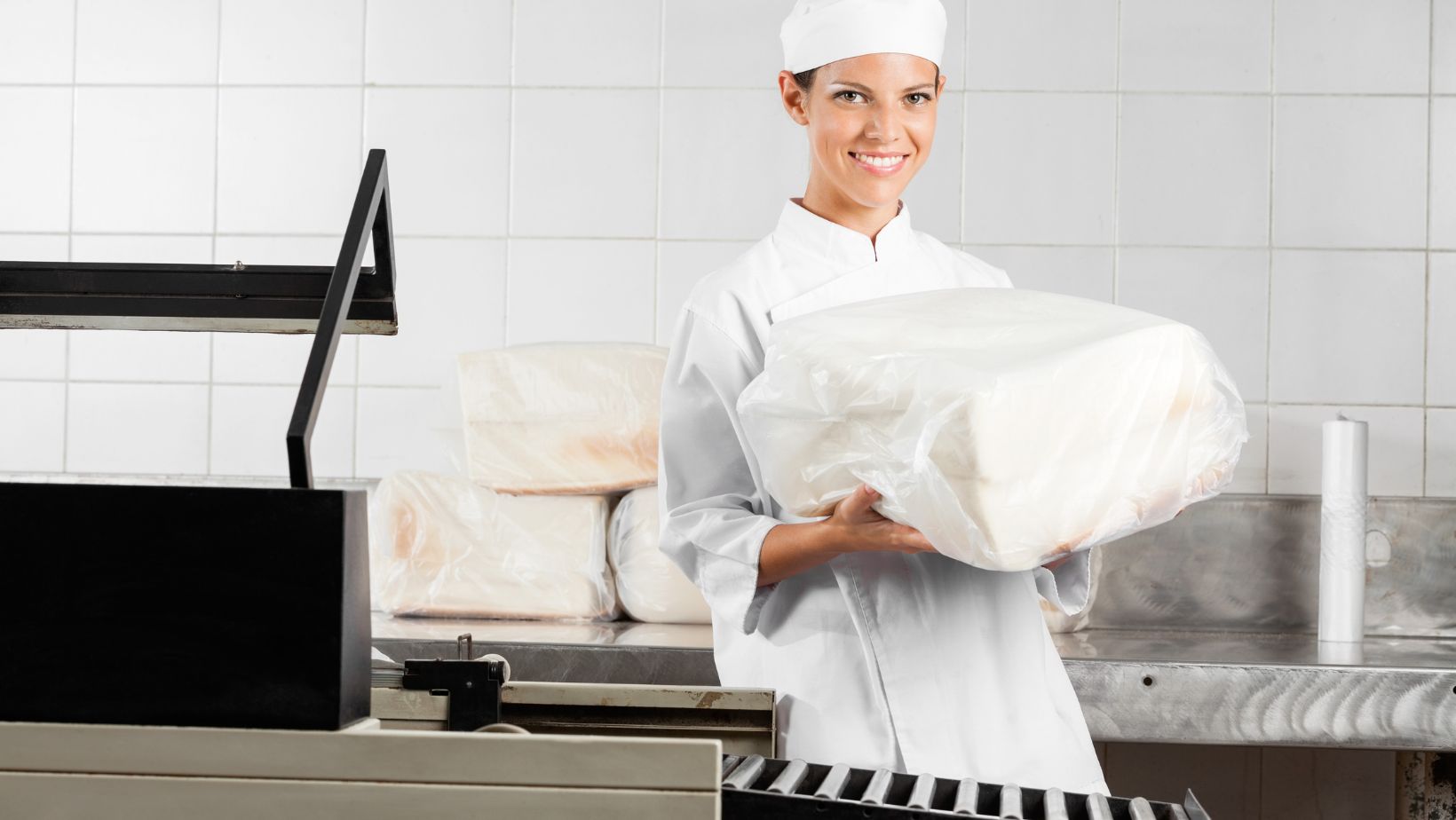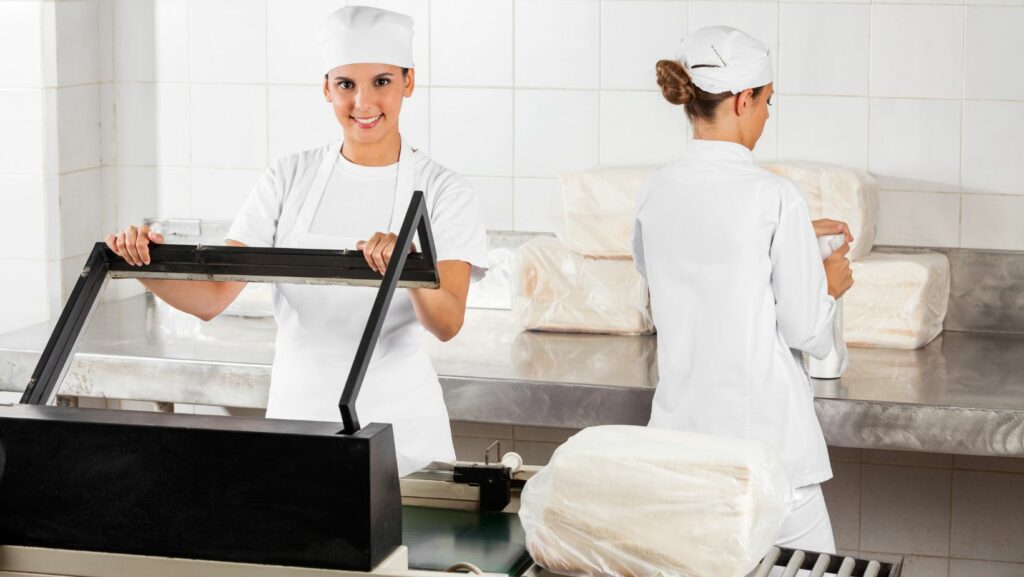Can you vacuum seal flour to maintain its freshness? This is a question that many home bakers and cooking enthusiasts may have. Flour is a staple ingredient in many recipes, but it can also be prone to spoilage if not stored properly. So, let’s explore the possibility of using vacuum sealing as a method to extend the shelf life of flour.
When it comes to preserving the freshness of perishable items, vacuum sealing has proven to be quite effective. By removing the air from the packaging, this technique helps prevent oxidation and microbial growth, which are major contributors to spoilage. However, when it comes to flour, things get a bit more complicated.
Flour is unique because it naturally contains moisture and oils that can lead to rancidity over time. Vacuum sealing can help delay this process by creating an oxygen-free environment, but it’s important to note that complete removal of air is not always possible due to the fine particles of flour. Additionally, if there are any existing contaminants or moisture in the packaging before vacuum sealing, they could contribute to faster spoilage.
So while vacuum sealing may offer some benefits for extending the shelf life of flour by reducing oxygen exposure and potential moisture absorption, it’s not foolproof. It’s still crucial to store your flour in a cool, dry place away from sunlight and other potential sources of contamination.
In conclusion, while vacuum sealing might help preserve the freshness of certain ingredients and food items, including flour, its effectiveness may vary depending on various factors such as moisture content and initial packaging conditions. It’s always best practice to use freshly purchased flour whenever possible and follow proper storage guidelines for optimal results in maintaining its quality over time.

Contents
Table of Contents
ToggleCan You Vacuum Seal Flour
Flour is a staple ingredient in many kitchens, used for baking, cooking, and thickening sauces. However, it can be frustrating when flour loses its freshness quickly, becoming stale or infested with pests. But fear not! I have discovered a solution to help extend the shelf life of your flour: vacuum sealing.
How Does Vacuum Sealing Work?
Vacuum sealing involves removing all the air from a package and creating an airtight seal using specialized equipment. By doing so, you create an oxygen-free environment that helps preserve the quality and freshness of various food items, including flour.
Benefits of Vacuum Sealing Flour
- Extended Shelf Life: When you vacuum seal flour, you eliminate exposure to oxygen and moisture, which are the main culprits behind spoilage. Without these factors present, your flour can stay fresh for longer periods.
- Preserves Flavor: Oxygen can cause flavor degradation over time. By vacuum sealing your flour, you can retain its original taste and aroma much better compared to traditional storage methods.
- Protection Against Pests: Weevils and other pantry pests love feasting on unprotected flours. Vacuum sealing creates a barrier against these unwanted intruders, ensuring your flour remains pest-free.
- Space-Saving: Vacuum-sealed bags take up less space than conventional packaging methods like plastic containers or paper bags. This makes it easier to organize your pantry or kitchen cabinets.
Tips for Vacuum Sealing Flour
- Before vacuum sealing your flour, make sure it is completely dry to prevent any moisture buildup inside the bag.
- Use high-quality vacuum sealer bags specifically designed for food storage.
- Label each sealed bag with the type of flour and the date of packaging for easy identification later on.

